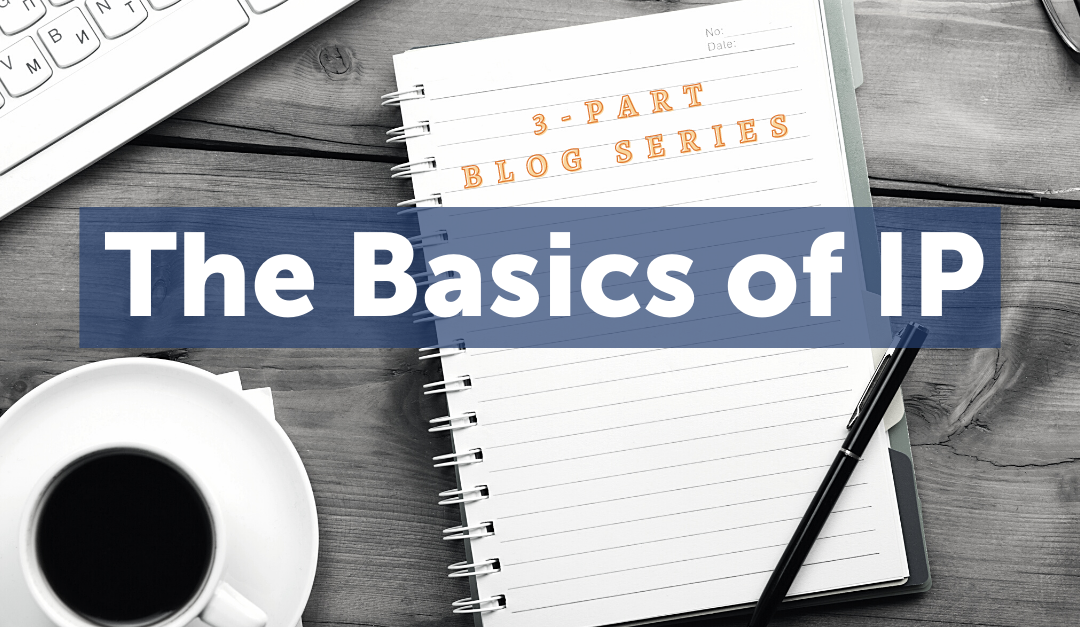This is Part 9 of our ‘Basics of IP’ blog series on copyright infringement examples. You can find Parts 1, 2, 3, 4, 5, 6, 7, and 8 here. The following has been adapted from “What If Someone Infringes Your Copyright?”, a Michelson IP animated short.
Let’s say someone copies or publishes your article or photograph, or something substantially similar to it, without your permission. Is that copyright infringement? According to Title 17 of the United States Code, also known as the Copyright Act, the answer is yes.
What is copyright infringement?
Infringement occurs when a person copies, distributes, performs, or displays all or part of a copyrighted work — or in television, conducts a secondary transmission of a cable program without the consent of the cable system owner.
Once you register your copyright with the U.S. Copyright Office, you can sue that person in federal court. If you can prove infringement — either by getting the infringer to admit his guilt, or by showing that he had access to your copyrighted work and that his material is the same or substantially similar to yours — then you can recover monetary damages and lost profits. If someone willingly infringes your copyrighted work, they may also face criminal penalties — up to five years in prison for a first offense, 10 years for a second.
There are two ways to prove the substantial similarity of an infringing work. One is to show “fragmented literal similarity” — meaning, that the infringing work contains specific copied elements of your original work. Exact words, melodies or lyrics, for example.
In today’s music scene, many artists use “samples” of a previous song and compile these into an original new song. This is infringement unless the artist licenses the original music or gets approval from the copyright owner.
In 2011, Kanye West was sued for sampling Sly Johnson’s song “Different Strokes” to create his new song “The Joy” on Kanye’s and Jay-Z’s album “Watch The Throne.” The case was settled out of court for an undisclosed amount.
The second type of similarity — called “comprehensive non-literal similarity” — is more of a qualitative “look and feel” issue. It is infringement if the structure of one work is substantially similar to another.
Infringement & the Music Business
That’s what a federal jury found when they ruled in 2015 that singer Robin Thicke and songwriter-producer Pharrell Williams had committed copyright infringement with their 2013 pop hit “Blurred Lines.” They found that the two men copied the vocal and instrumental themes of Marvin Gaye’s classic 1977 R&B hit “Got to Give It Up” — particularly the signature phrase, vocal hook, and keyboard and bass lines — and awarded Gaye’s family $7.3 million. This is one of many copyright infringement examples.
This case shook up the music business, and not just because of the huge monetary award. It also challenged the growing practice in contemporary music production of incorporating elements, features, themes, and even the “feel” and “mood” of the work of other artists and genres.
Not everyone agrees with the verdict. Marvin Gaye may have been the Prince of Soul, but he didn’t own a copyright to the whole genre. No one can, just as no one can copyright an idea, only the original expression of an idea.
Still, musicians and producers are already more cautious. The singer Sam Smith, for example, granted Tom Petty songwriting credit and royalties to Smith’s song “Stay With Me,” which bore some resemblance to Petty’s 1988 hit “I Won’t Back Down.”
So when does a work pay homage to some previous artist or genre, and when does it infringe? The lines are blurred.
Download the Free Infographic Below
_________
 The Michelson Institute for Intellectual Property, an initiative of the Michelson 20MM Foundation, provides access to empowering IP education for budding inventors and entrepreneurs. Michelson 20MM was founded thanks to the generous support of renowned spinal surgeon Dr. Gary K. Michelson and Alya Michelson. To learn more, visit 20mm.org.
The Michelson Institute for Intellectual Property, an initiative of the Michelson 20MM Foundation, provides access to empowering IP education for budding inventors and entrepreneurs. Michelson 20MM was founded thanks to the generous support of renowned spinal surgeon Dr. Gary K. Michelson and Alya Michelson. To learn more, visit 20mm.org.

I have written my own words to a once popular song and would like to get permission to use the music for my recording. I only need the permission as I will play the music myself. How do I get the permission?
Hi John,
Thanks for your comment/question. One question I would ask is are you planning on selling the song or publishing it on a monetized platform? Please refer to resources at our partners at the Copyright Alliance for more info. They have a great resource for finding copyright owners as well: https://copyrightalliance.org/resources/find-a-copyright-ownercreator/
– The Michelson IP Team
I’ve been having problems with people stealing my identity and I want to keep it protected my fingerprints mostly thank you sincerely Lawrence Talley.